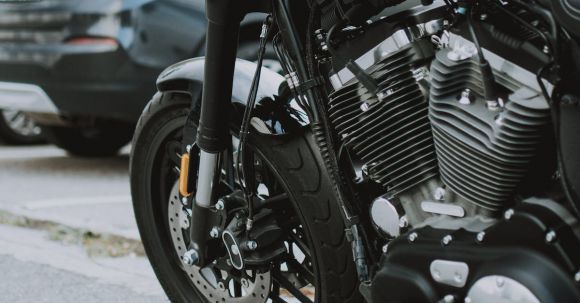Motorcycle engine overheating is a common problem that many riders face, especially during hot summer months. If not addressed promptly, it can lead to serious engine damage and costly repairs. To help you handle this issue effectively, here are some useful tips that you should keep in mind.
Monitor Your Temperature Gauge
The first step in handling motorcycle engine overheating is to closely monitor your temperature gauge. This gauge is designed to give you a clear indication of your engine’s temperature. Pay attention to any sudden increases in temperature or if it reaches the red zone. By keeping a close eye on your temperature gauge, you can catch any overheating issues early on and take immediate action.
Check Your Coolant Levels
One of the most common causes of motorcycle engine overheating is low coolant levels. Coolant plays a crucial role in regulating the temperature of your engine. Ensure that your coolant levels are within the recommended range by checking the coolant reservoir. If your coolant is low, top it up with the appropriate coolant mixture as specified by your motorcycle manufacturer.
Inspect Your Radiator and Cooling System
A malfunctioning radiator or cooling system can also contribute to engine overheating. Inspect your radiator for any leaks, clogs, or damage. Clean any debris or dirt that may be blocking the airflow through the radiator. Additionally, check the cooling system for any signs of wear or damage. If you notice any issues, it is advisable to have a professional mechanic inspect and repair your cooling system.
Avoid Riding in Heavy Traffic
Riding in heavy traffic, especially during hot weather conditions, can put a significant strain on your motorcycle’s engine and lead to overheating. The constant stop-and-go motion limits the airflow to your engine, causing it to heat up rapidly. If possible, try to avoid riding in heavy traffic or plan your routes to avoid congested areas during peak hours. This will help to reduce the chances of your engine overheating.
Maintain a Steady Speed
Maintaining a steady speed while riding can significantly reduce the risk of engine overheating. Frequent acceleration and deceleration can cause excessive heat buildup in the engine. Try to ride at a consistent speed, especially when traveling long distances. This allows your engine to operate more efficiently and helps to dissipate heat effectively.
Take Regular Breaks
Long rides can put additional stress on your engine, increasing the likelihood of overheating. To prevent this, make it a point to take regular breaks during your rides. This will give your engine the opportunity to cool down and prevent excessive heat buildup. Use these breaks as an opportunity to check your temperature gauge, coolant levels, and inspect your bike for any signs of overheating.
Conclusion:
Motorcycle engine overheating is a serious issue that should not be ignored. By closely monitoring your temperature gauge, checking coolant levels, inspecting your radiator and cooling system, avoiding heavy traffic, maintaining a steady speed, and taking regular breaks, you can effectively handle engine overheating. Remember, prevention is key, so always ensure that your motorcycle is properly maintained and serviced to minimize the risk of overheating.
